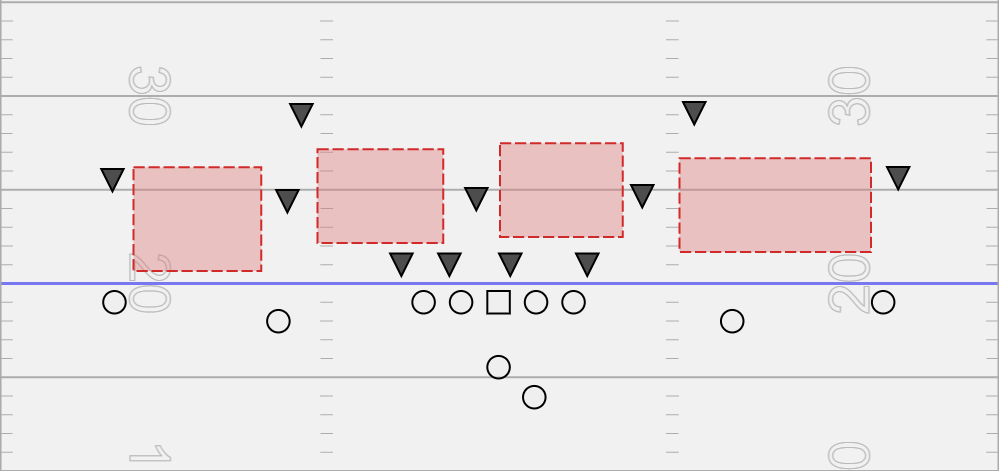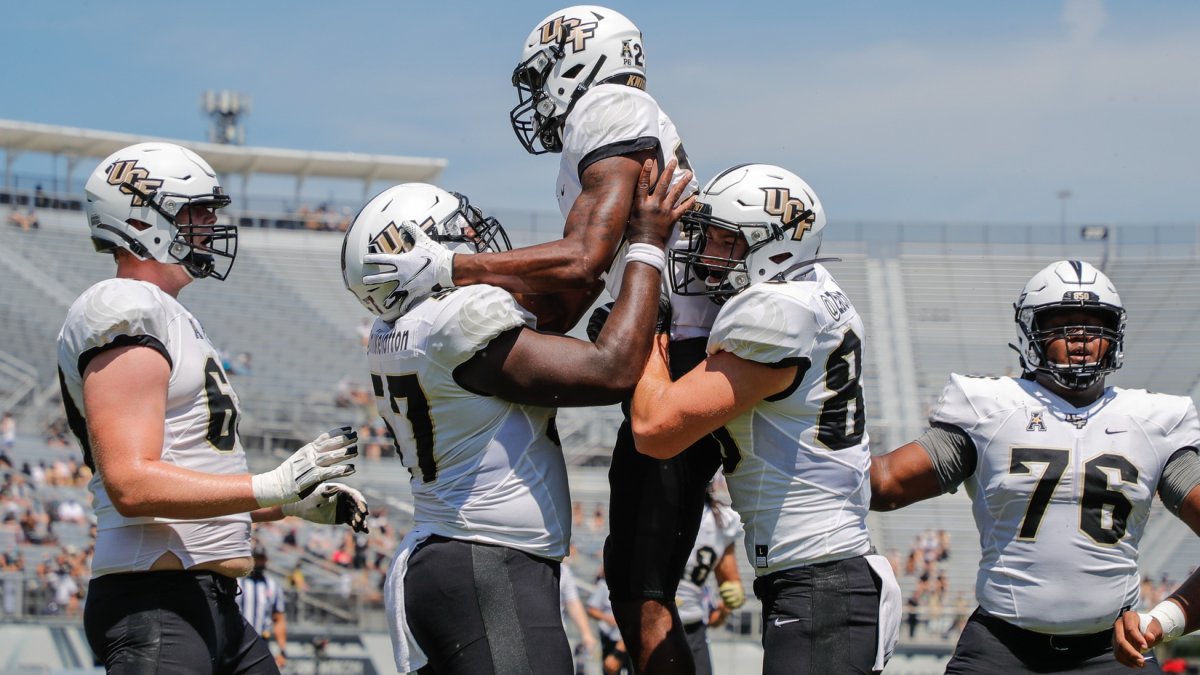The spread offense is dead.
What was once the defining characteristic of college football for over a decade is no longer.
Long live the spread.
Subscribe to
So, what’s next for college football? We are now entering the “superspreader” offensive era. Receivers standing inches from the sideline. Vertical option routes. Dogs and cats living together. Mass hysteria.
The spread worked, first, to get smaller, faster players on the field against the bigger-bodied, slower defensive players of the era and, second, to create space between defenders in order to run or throw the football. Generally, this was a one-back offense with four detached receivers.
Spread Offense

We can see the space that’s created between the second-level defenders. This was the offense du jour for most of the 2000s and the early 2010s, but like anything else, defenses evolved to stop them. The Sam linebacker became the nickel back. Defenses put more speed on the field to combat the offenses. They figured they could blitz the five- or six-man protection units without all-out, engage eight style pressures and instead — almost like what happened to the Run N’ Shoot in the early 1990s — could send zone/sim/creeper pressures, get to the quarterback and still have enough people on the backend to clog passing lanes.
Exclusive content for premium subscribers

WANT TO KEEP READING?
Dominate Fantasy Football & Betting with AI-Powered Data & Tools Trusted By All 32 Teams
Already have a subscription? Log in



 © 2025 PFF - all rights reserved.
© 2025 PFF - all rights reserved.